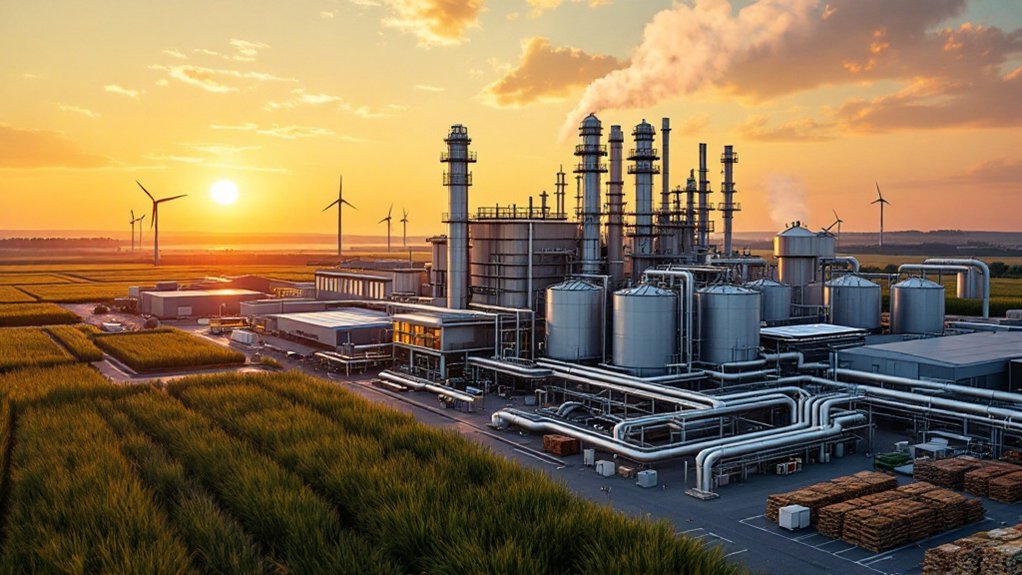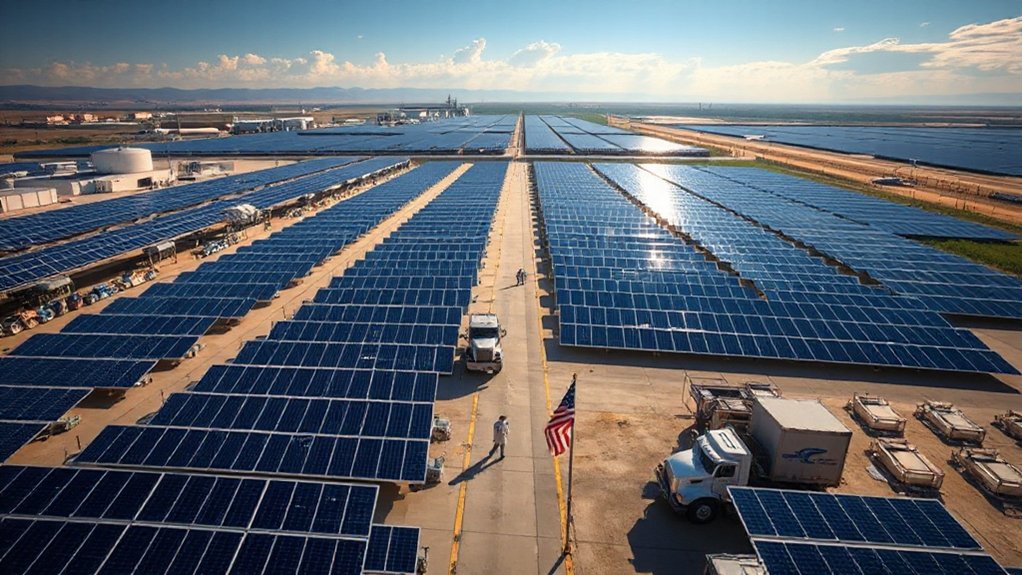Renewable fuels are surging, with global capacity set to hit 57 million tonnes by 2035. Solar’s jumping 35% yearly, while energy storage is skyrocketing at 76%. Traditional feedstocks are getting the boot as waste, algae, and super-plants take center stage. Sure, there are hurdles – costs are still high, and infrastructure needs work. But with major players like the EU, US, and China pushing hard for renewables, the future’s looking decidedly greener. The real story’s just beginning to unfold.

While the world grapples with its fossil fuel addiction, renewable fuels are having a moment – and it’s about time. The numbers don’t lie: global renewable diesel and sustainable aviation fuel (SAF) capacity is set to blast past 57 million tonnes by 2035, growing at a hefty 8.5% annually. Solar’s jumping 35% year-over-year, wind’s up 5%, and energy storage? A whopping 76% increase. Finally, some good news for planet Earth.
The policy landscape is shifting too, and governments are actually doing something useful for once. The EU’s getting serious with new transport targets, the US is pushing renewable fuel standards, and China’s targeting 15% non-fossil energy by 2030. Even India’s jumped on the bandwagon, aiming for 20% ethanol blending by 2025. Brazil’s RenovaBio program is kicking things into high gear. North America leads the charge with 1,767 million gallons of projected renewable production capacity by 2030.
Gone are the days when food crops dominated biofuel production. Now it’s all about waste and residues – everything from algae to municipal garbage is fair game. Forestry leftovers are getting a second life, and scientists are engineering super-plants like miscanthus specifically for fuel production. Talk about turning trash into treasure. These innovations align with circular economy principles that maximize resource efficiency.
The tech’s getting better too. Cellulosic ethanol’s finally becoming efficient, renewable diesel production is expanding, and e-fuels are hitting the market. Carbon capture‘s making these fuels even cleaner, and genetic engineering is boosting crop yields. The aviation industry wants 10% SAF by 2030, ships are experimenting with biofuel blends, and heavy trucks are going green with renewable diesel. The remarkable 30% electricity share achieved by renewables in 2023 shows their growing impact on global energy systems.
But let’s not pop the champagne just yet. Feedstock availability remains a headache, and costs are still higher than fossil fuels in many cases. Infrastructure needs work, and everyone’s arguing about carbon accounting methods.
Plus, there’s the whole “how does this fit with electric vehicles and hydrogen” question. Still, the trajectory’s clear: renewable fuels are no longer just a feel-good story – they’re becoming a serious player in the global energy mix. Whether we like it or not, they’re here to stay.









